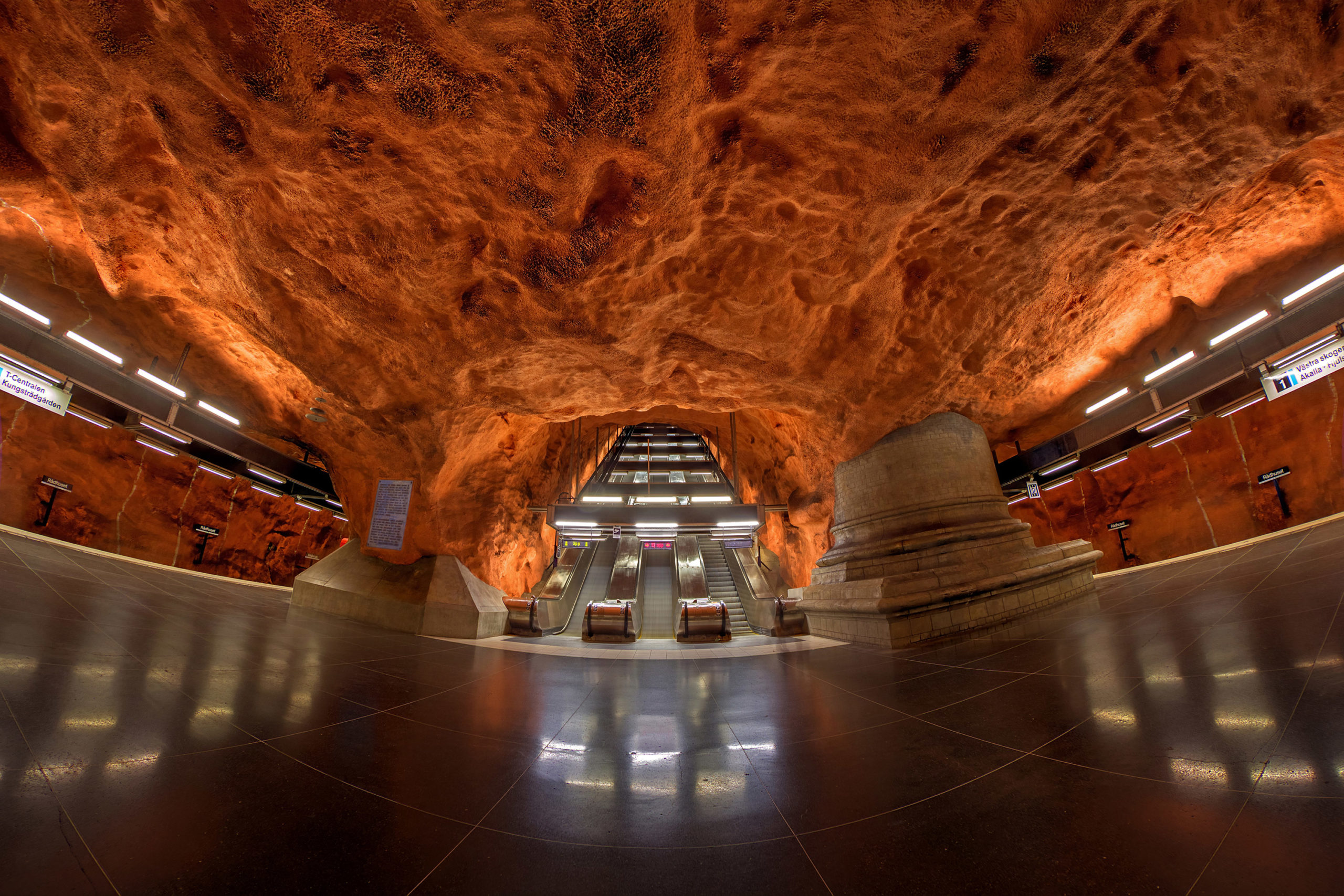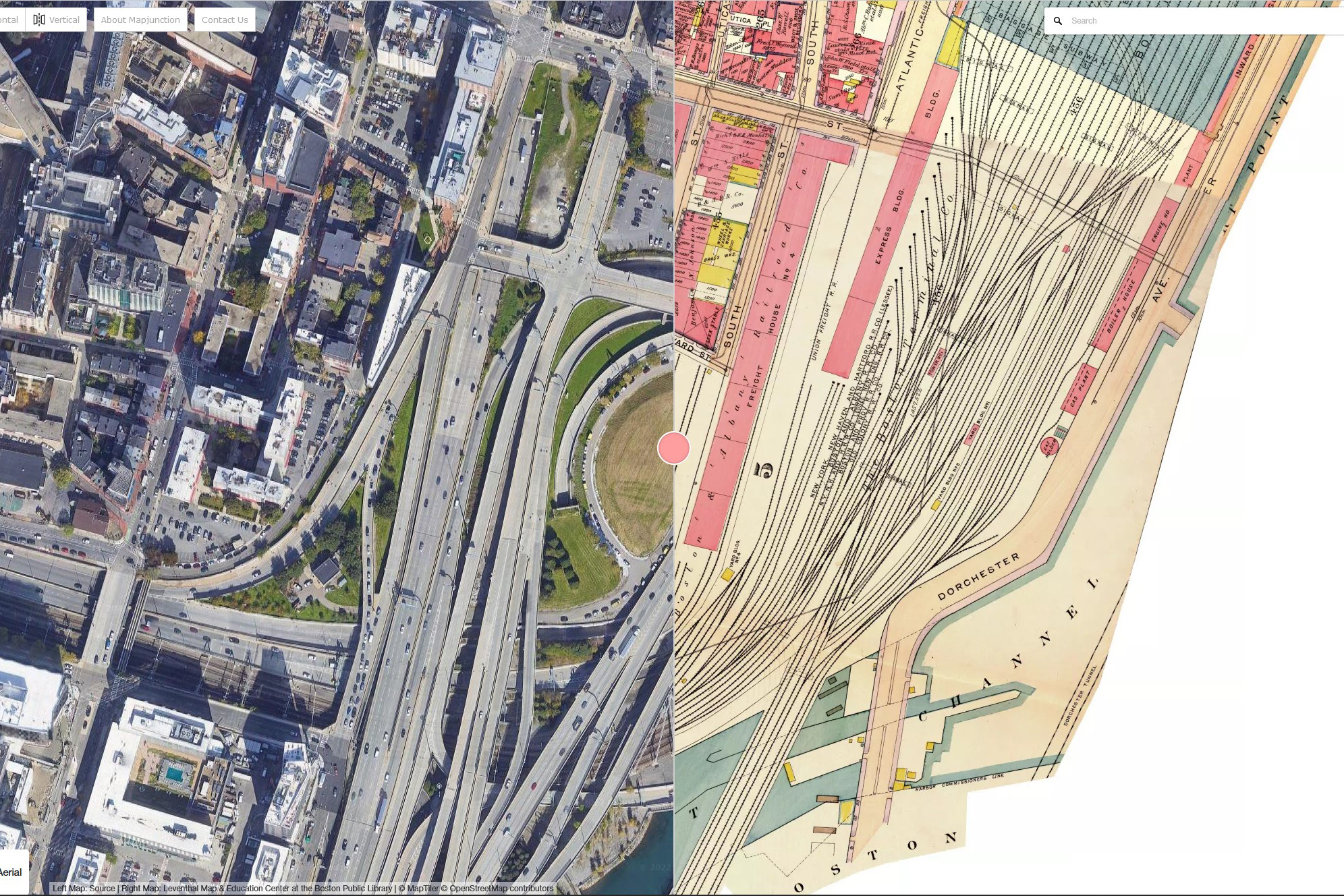Saturday, November 19, 2022
11:00 a.m. – 2:30 p.m. (U.S. Central Time), on Zoom / 9-12:30pm PT / 12-3:20 pm ET
All recordings available on YouTube
Virtual Conversations returns on Saturday, November 19 with a loaded half-day roster of exceptional presenters.
This event is free.
Brice Douglas, “More Than Just a Train” | 11:15 am CT
Douglas’ presentation will take the audience behind-the-scenes of what it means to be a “boomer,” a seasonal railroad worker that takes jobs across the US. Along the way, he’ll also take a closer look at the remnants of the Milwaukee Road Lines West forty years post-abandonment and offer a glimpse of the Alaska Railroad, which is preparing for its 100th anniversary in 2023. Douglas will showcase the people and machinery that keep the wheels rolling up north in the Last Frontier.
Brice Douglas is a fifth generation railroader, currently working for the Alaska Railroad as a conductor. At only twenty-eight years old, he has spent the last decade as a “boomer” working seasonal train service jobs on railroads throughout the United States. He enjoys photography, backcountry camping, and documenting history. He has a special passion for the two-lane roads that crisscross rural America as well as his beloved dog that travels everywhere with him – Miss Montana Red.
CRP&A Collections Update | 12:00 pm CT
Archivist Adrienne Evans will present updates on the Railroad Heritage Visual Archive, featuring new accessions and recent progress on processing the John Gruber, John Illman, David Mainey, Henry Posner, and Jim Shaughnessy collections. Associate Archivist Heather Sonntag will join her later on in the presentation to discuss processing highlights from Richard Steinheimer’s phenomenal slides and prints.
Emily Moser, “Sweden’s Colorful Cave Stations” | 1:00 pm CT
Many transit systems have introduced public art to their stations, but none may be as notable as the 65.7-mile-long Stockholm Tunnelbana, known as “the world’s longest art exhibition.” A remarkable 95 percent of the system’s stations have some type of art found within, but the most well-known are the brightly painted cave stations, whose unique designs have become a signature of the Tunnelbana.
Emily Moser has a lifelong passion for railroads and their environment, especially stations and their architecture and artwork. As an amblyope born with diminished visual acuity, her work focuses on the camera as an alternate eye, capturing the world in HDR and long exposures, beyond what a human eye would be capable. Moser has traveled the world in her pursuit of interesting subjects, from Japan’s cat trains to the partially abandoned railway running through the Chornobyl Exclusion Zone, and has operated the railroad themed blog “I Ride the Harlem Line” since 2008. She plans to publish a book on the definitive history of the New York and Harlem Railroad “one of these days.
Andrew Lynch, “Mapping the Underground and Unseen City” | 1:45 pm CT
Join Lynch as he walks us through how he puts together one of his highly detailed track maps. These maps combine an incredible number of historical sources with on the ground surveys. The idea is not to show just what exists, but to tell a story about how a city has evolved over time. “The number one question I get about these maps is about how I make them. I don’t like to really talk about it because I think people will think I’m insane.” Take a trip into his insanity by going down the rabbit hole in “Mapping the Underground and Unseen City.”
Andrew Lynch is a self-taught cartographer of almost twenty years. He has been fascinated with the unseen sides of cities for most of his life, focused on unbuilt projects, abandoned lines, and lost futures. Lynch began his obsession as a teenager, exploring and photographing abandoned buildings and underground tunnels. He taught himself how to draw maps as a way to describe what he was learning and soon found a rich history of alternative futures that remain unrealized. Today, Lynch documents these layers of history in his Geographically Accurate track maps of the transit networks of various cities. He is also the co-founder of the QueensLink project, a dual transit and parkway concept to reuse an abandoned rail line in Queens, New York City.
 The last Milwaukee Road train through Shonkin, Montana is long gone, but a few relics remain, including an elevator and a semi-restored depot. Photograph by Brice Douglas.
The last Milwaukee Road train through Shonkin, Montana is long gone, but a few relics remain, including an elevator and a semi-restored depot. Photograph by Brice Douglas.
 Scott Sayre, a 31-year old ATSF trainman and aspiring artist, is painting a watercolor trackside at Orwood, California, on January 30, 1985. Photograph by Richard Steinheimer.
Scott Sayre, a 31-year old ATSF trainman and aspiring artist, is painting a watercolor trackside at Orwood, California, on January 30, 1985. Photograph by Richard Steinheimer.
 Rådhuset (1975, Sigvard Olsson)
Rådhuset (1975, Sigvard Olsson)Like an underground archaeological dig, Rådhuset imagines the fragments of Kungsholmen island’s history descending through the ground and appearing in the cave, such as the base of the chimney from a long-gone factory appearing next to the modern escalators. Photograph by Emily Moser.
 Andrew Lynch uses a variety of modern and historic maps to track changes in the urban landscape and discover lost pieces of history to be added to his maps.
Andrew Lynch uses a variety of modern and historic maps to track changes in the urban landscape and discover lost pieces of history to be added to his maps.